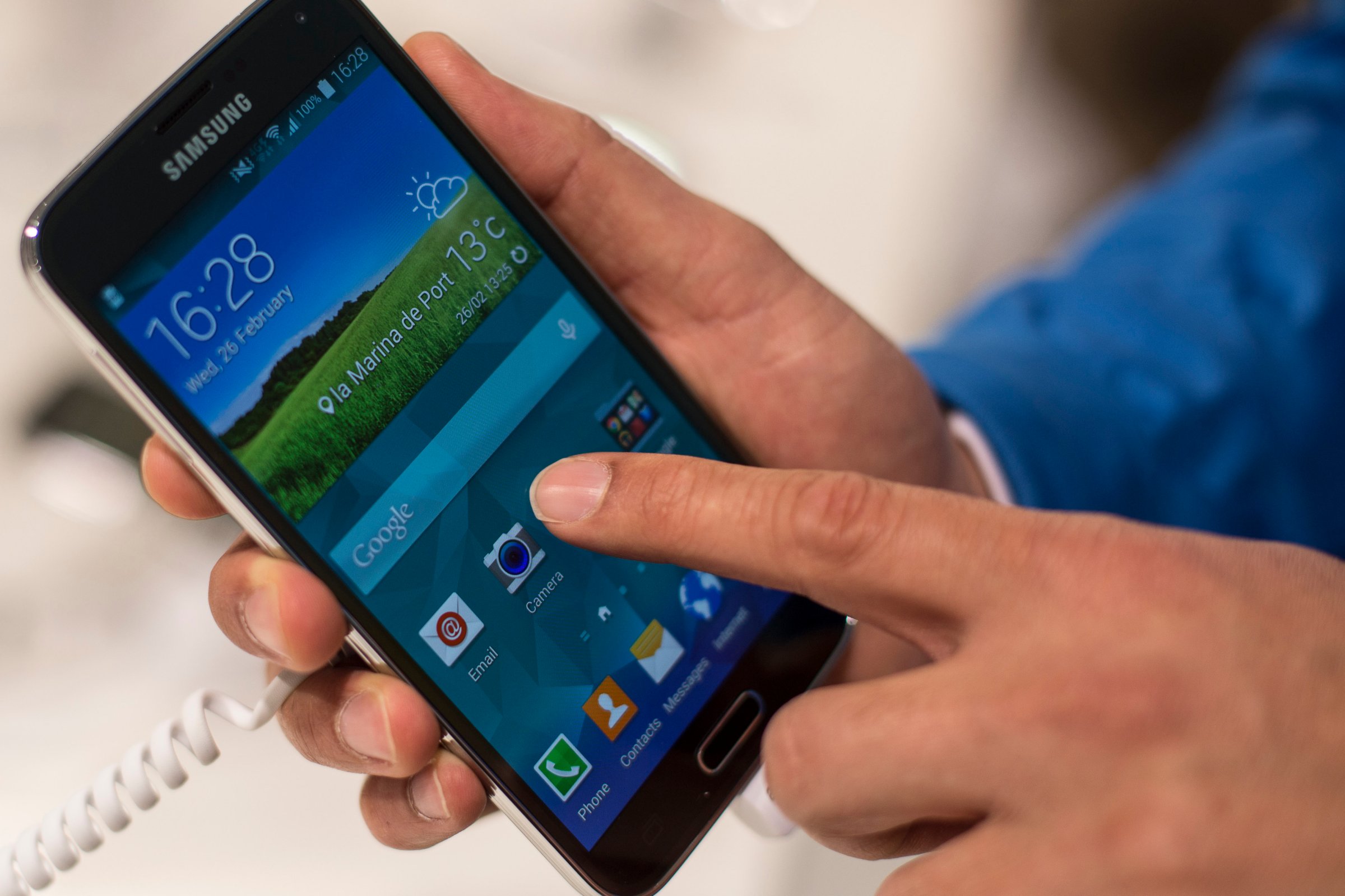
This post was done in partnership with The Wirecutter, a list of the best technology to buy. Read the full article below at TheWirecutter.com.

After testing every major Android smartphone this year, we think the Samsung Galaxy S5 makes the most sense for most people. But there are at least half a dozen great Android smartphones, each with its own strengths and weaknesses, so it’s hard to choose just one for everyone. Here are the standouts.
Should I upgrade from my existing phone?
If you rely on your smartphone throughout the day, and your old one isn’t serving you well anymore, get a new one—it’s worth the cost if you use it constantly. But if you’re happy with your old phone, hang onto it, especially if you’re still within the carrier contract that subsidizes its cost.
When you do get a phone, get the newest and best phone you can afford, especially if you’re signing a two-year contract. The better the phone you get today, the more likely it is to be usable until your contract expires. This is why we recommend top-tier Android phones, rather than the “free” phones your carrier offers.
Samsung Galaxy S5 (AT&T, Sprint, T-Mobile, US Cellular, Verizon)
The Samsung Galaxy S5 is a balanced phone with many strengths. It has a beautiful 5.1-inch 1080p screen, great battery life, a good camera, a removable battery, and a microSD slot. It’s even water-resistant—it can survive being submerged in three feet of water for half an hour. It’s a very practical choice that’s available on every major carrier, and it’s easy to find accessories for it.
On the downside, the Galaxy S5’s plasticky build might be a turnoff (unless you keep your phone in a case); its user interface is bloated, confusing, and cluttered with apps of dubious value from both Samsung and your carrier; it has a finicky fingerprint sensor that’s not as good as the iPhone’s; and its gimmicky heart-rate monitor is rarely accurate.
The Galaxy S5 isn’t perfect, and it isn’t as well-built as Apple’s iPhone. But it does everything pretty well, and it won’t die if you drop it in the toilet, so it’s a solid choice for most people.
The 15 Most Bizarre Moments From the Consumer Electronics Show
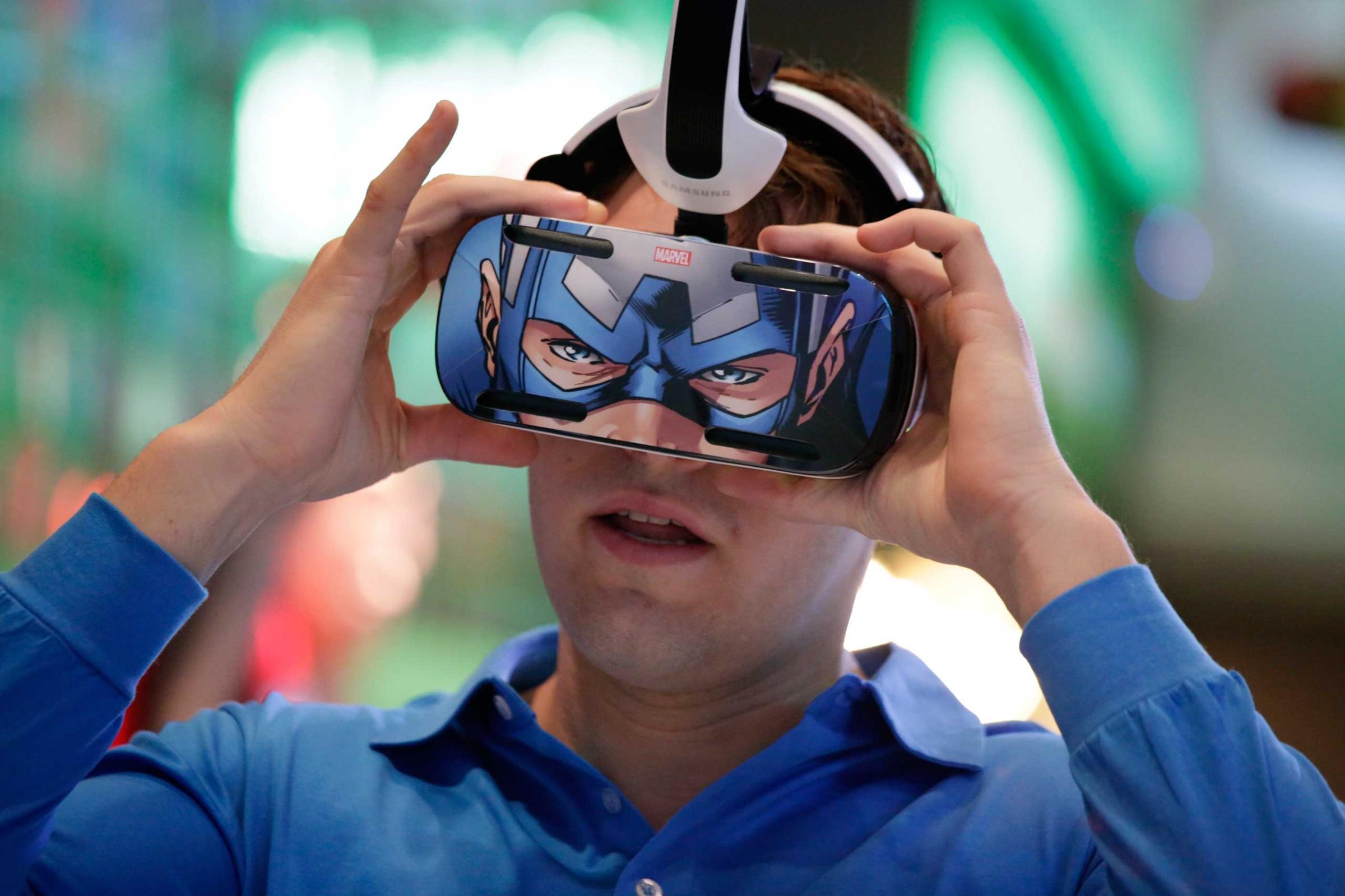

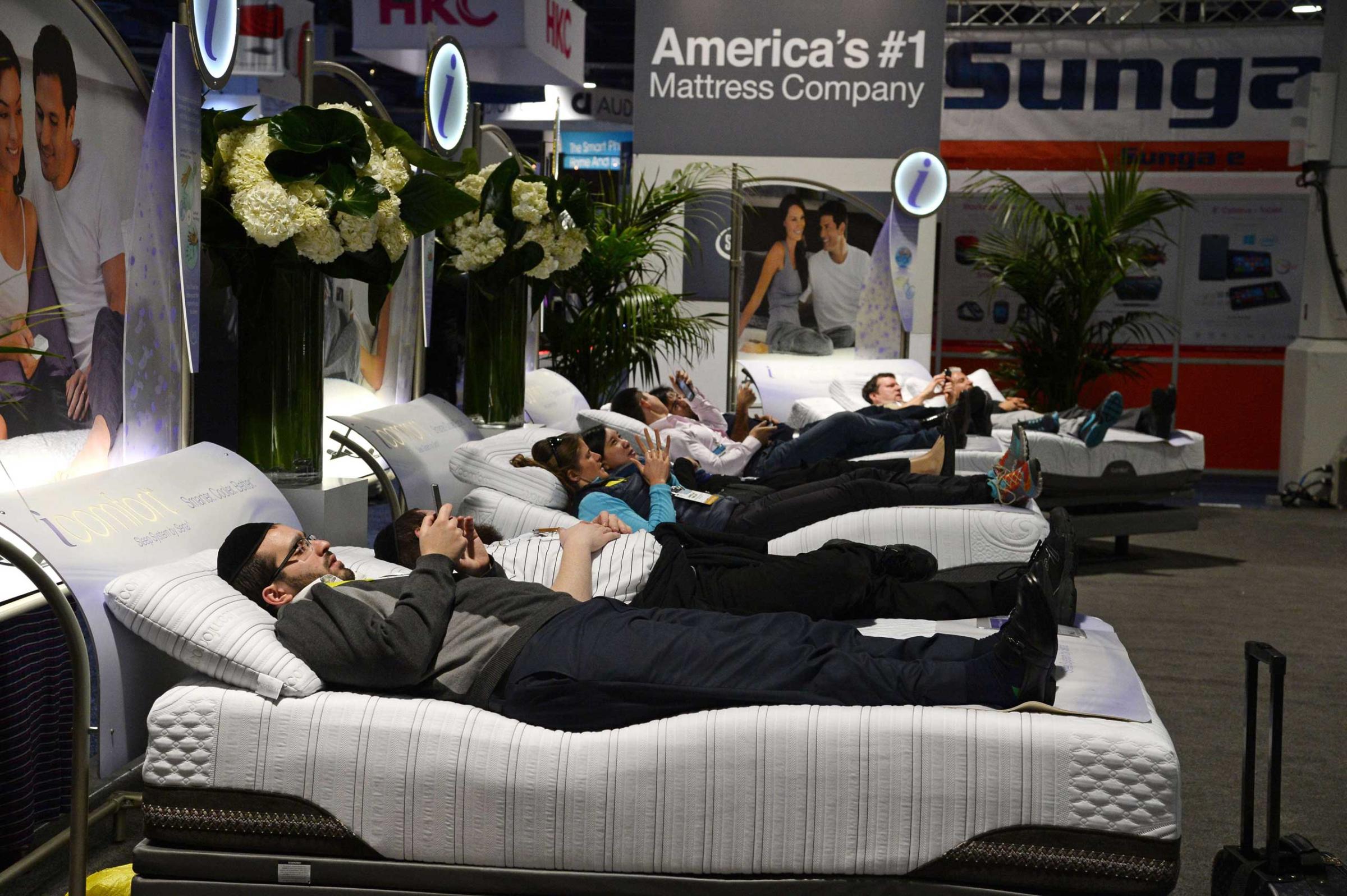
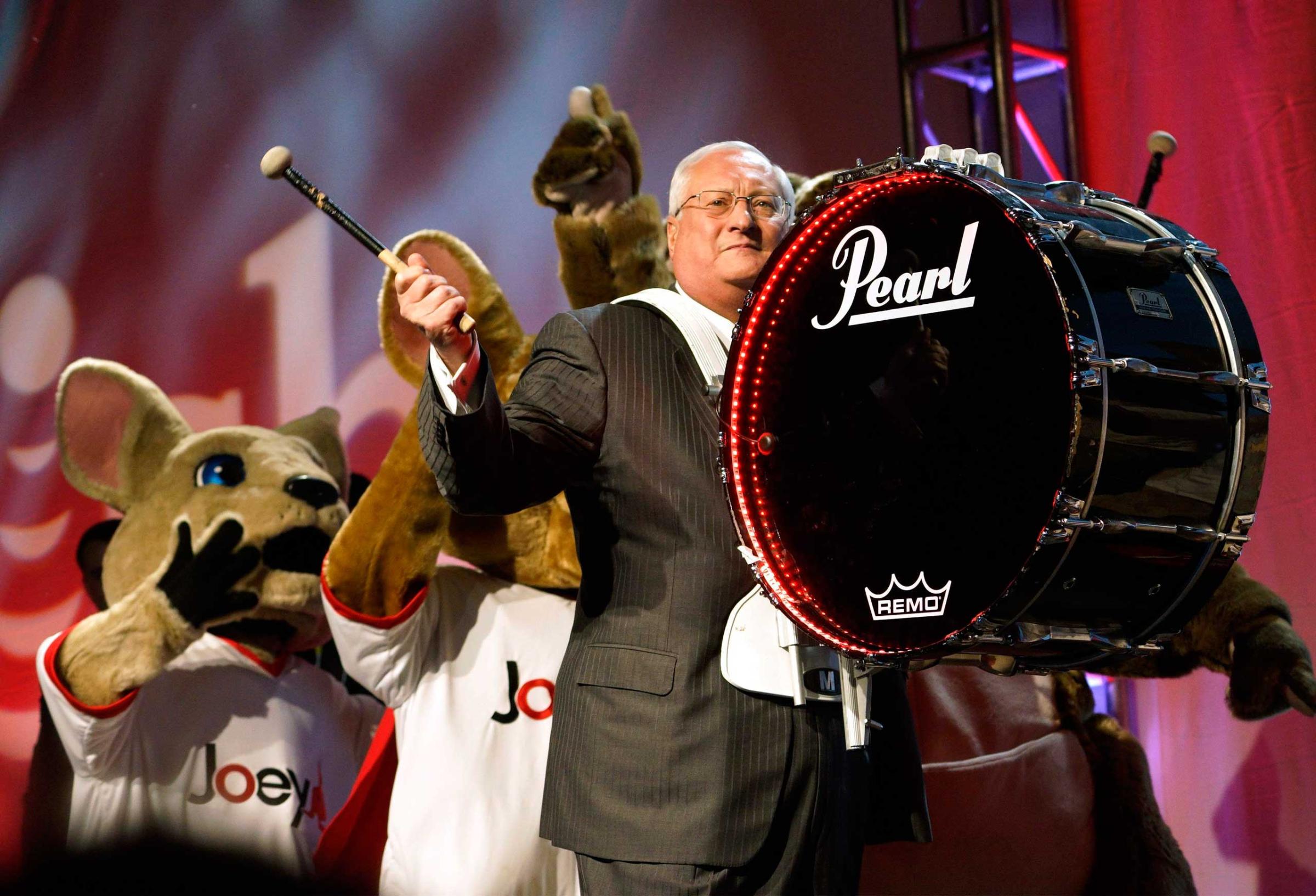


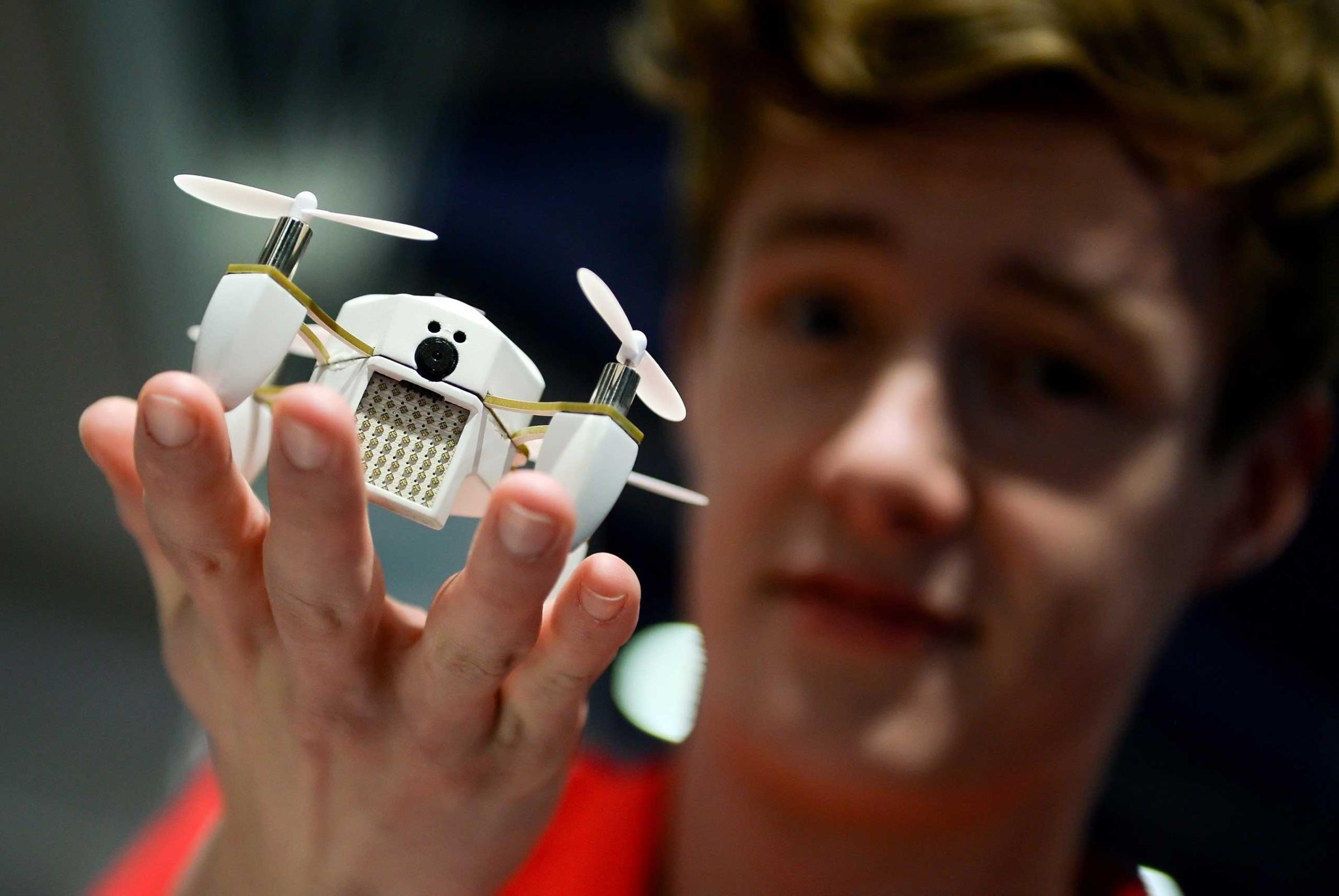

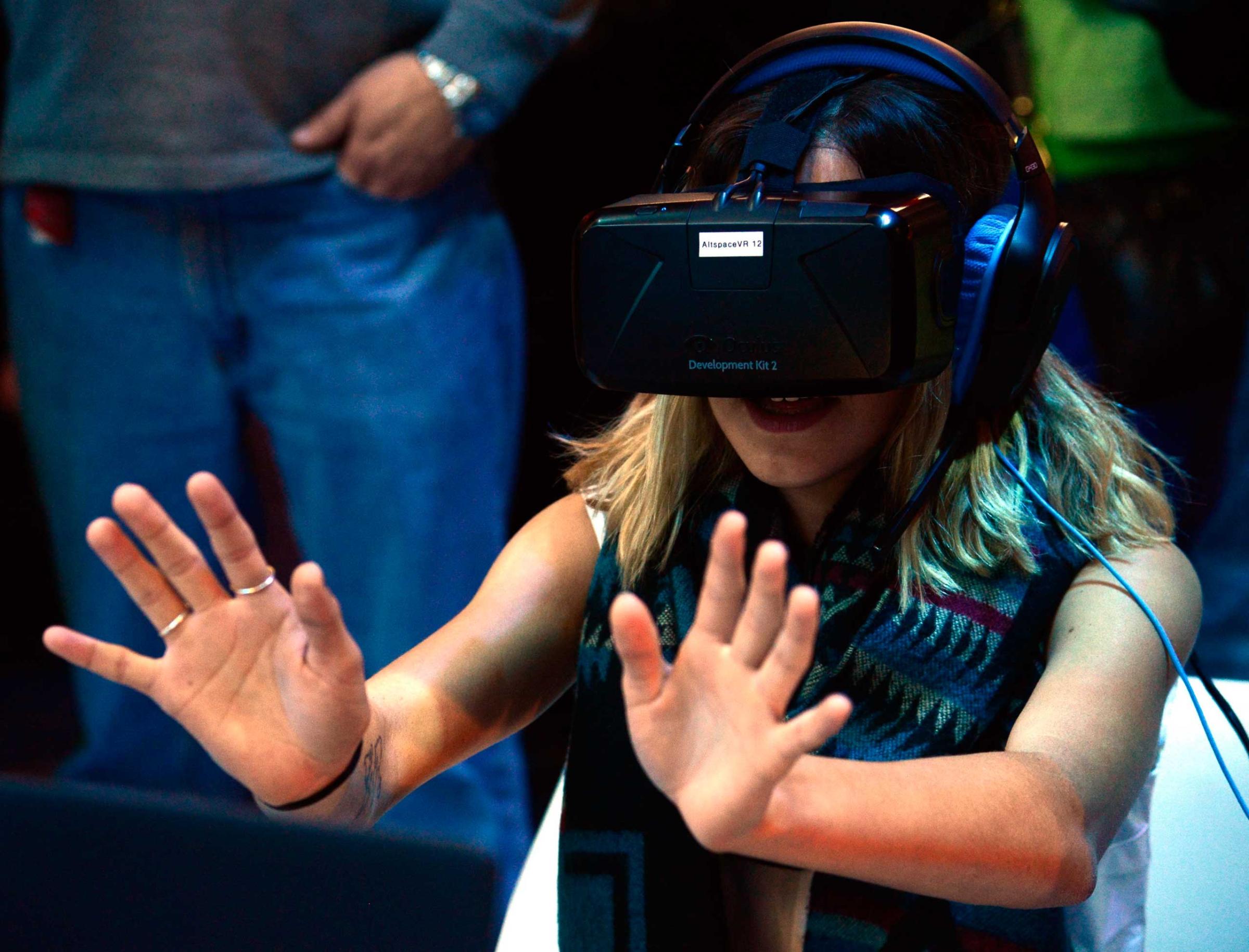
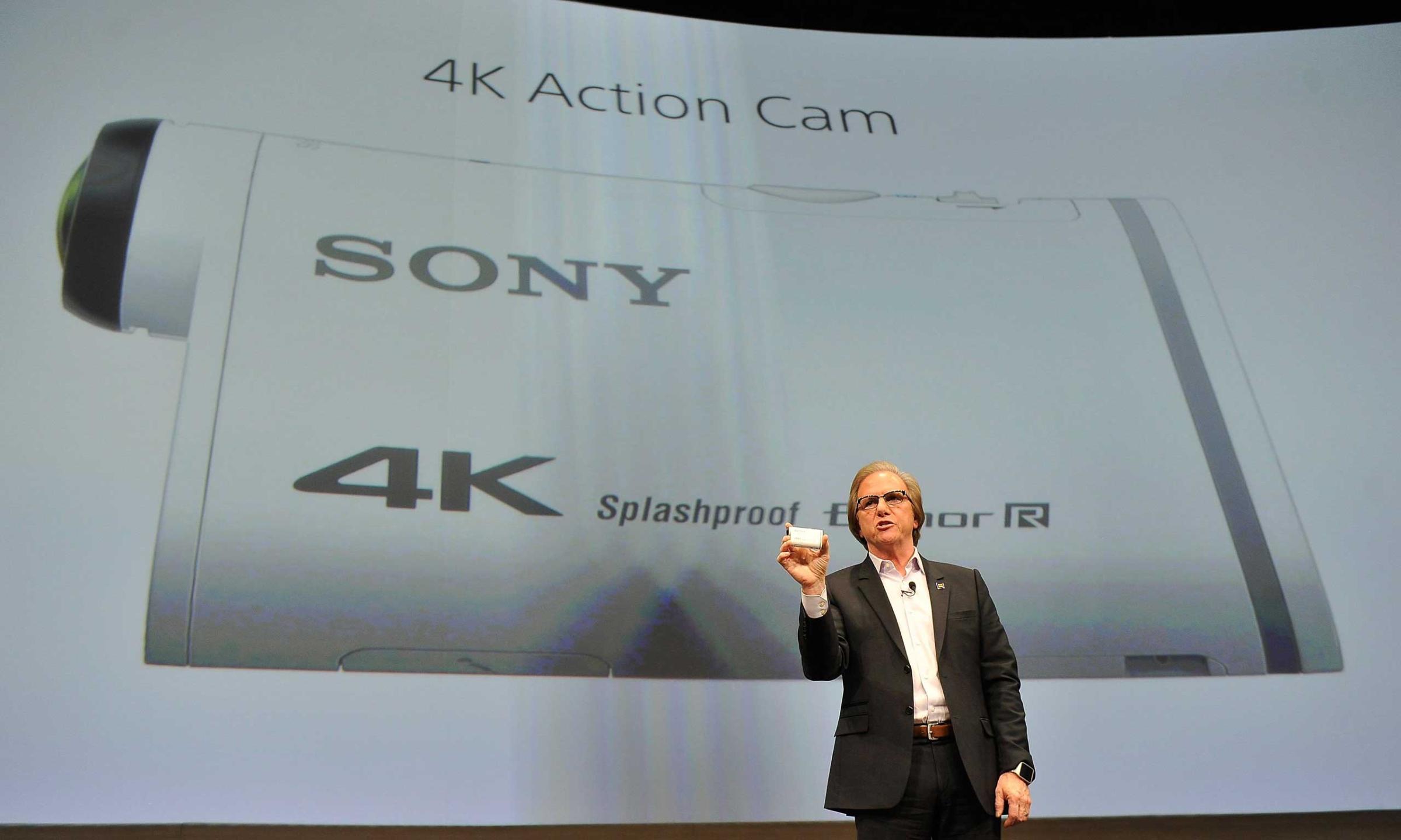


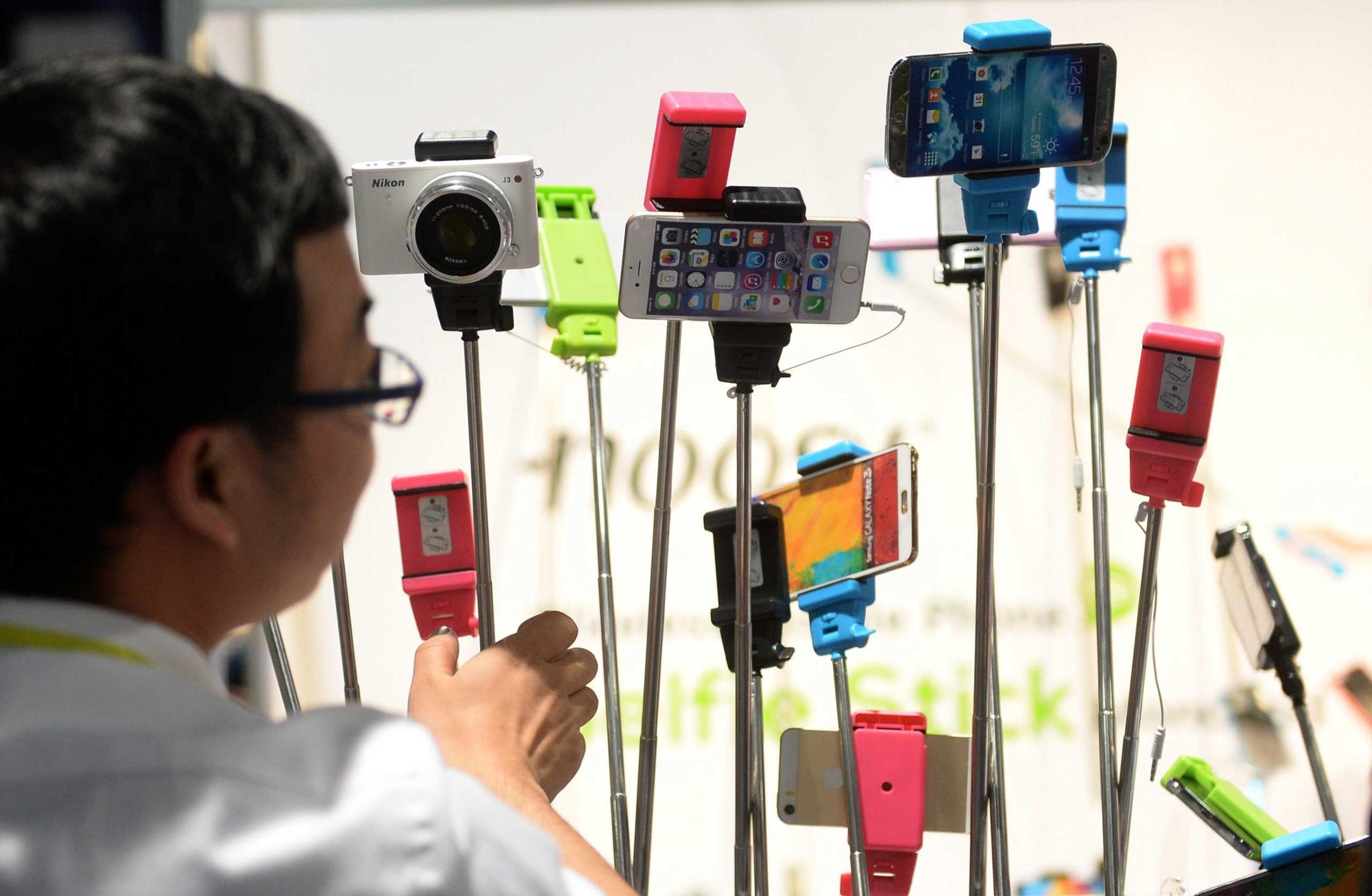
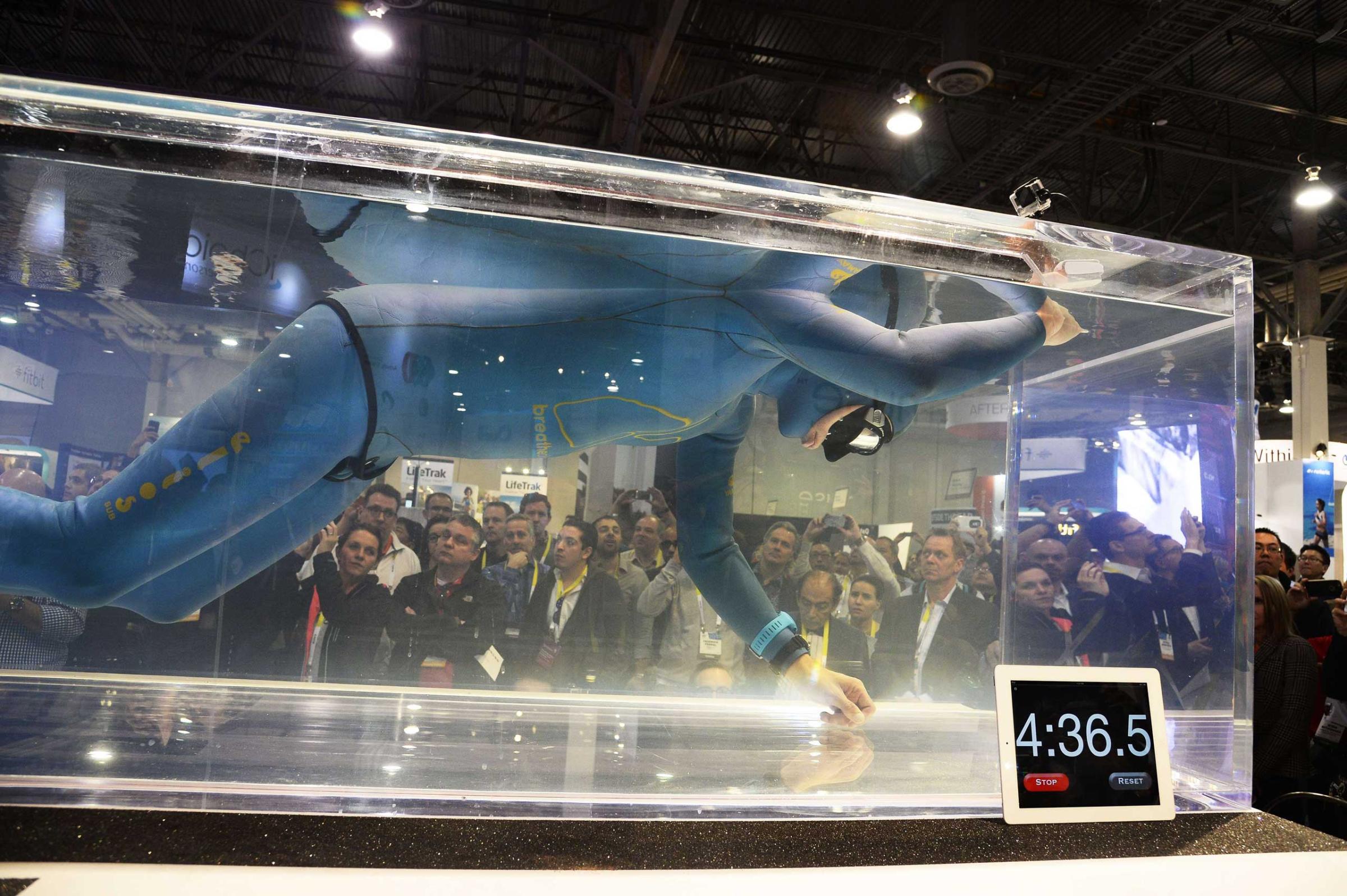

Motorola Moto X 2014 (AT&T, Verizon, T-Mobile, US Cellular)
In many ways, the second-generation Moto X is one of the best Android phones ever made. It’s well-built, it has very similar specs to the Galaxy S5, and you can order it with wood, plastic, or even leather backplates. It feels great in the hand, and the few software bits that Motorola adds to stock Android are actually useful, such as always-on voice-command recognition and on-screen passive notifications. It’s much more pleasant to use than the Galaxy S5—and it costs $100 less. The Galaxy S5 is usually $200 with a two-year contract or $600 without; the Moto X starts at $100 for a two-year contract and $500 without.
Unfortunately, the Moto X’s battery life and camera aren’t as good as those of the Galaxy S5; it isn’t as water-resistant; and it lacks the S5’s removable battery and microSD slot. Still, it’s still one of the best phones you can buy—unless you’re on Sprint.
Samsung Galaxy Note 4 (AT&T, Verizon, Sprint, T-Mobile, US Cellular)
If you know you want a big phone—either for getting work done more efficiently, or just to have a big screen—get the Samsung Galaxy Note 4. It’s half an inch taller than the Galaxy S5 or Moto X, and a quarter of an inch wider, so you should forget about using it one-handed. But the upsides are a 5.7-inch 2560×1440 screen, plenty of power, fantastic battery life, great cameras, and a stylus. Its software lets you use apps side-by-side so you can take advantage of the huge screen. The Note 4 is sturdier and feels more solid than last year’s model, the Note 3.
The Note 4 is expensive and huge, and like the Galaxy S5 it suffers from Samsung’s bloatware. But it’s the best big Android phone for getting work done, because its software takes advantage of its huge screen, unlike with most big phones.
Moto G (Unlocked, GSM)
The Moto G is the cheapest decent Android phone you can get. We recommend the Universal 4G LTE model from last year. It has a slower processor, less RAM, and a lower-resolution screen than today’s more-expensive phones, but it’s far better than any other phone at its price. (This year’s model has the same processor, but a larger 5.2-inch screen and a microSD slot. However, it lacks LTE, so we prefer last year’s version.) The Moto G also runs stock Android 5.0 Lollipop—it’s very rare for cheap Android phones to have up-to-date software, and it’s one of the things that sets the Moto G apart.
The Rest
There are many other great phones out there, such as the HTC One M8, LG G3, Sony Xperia Z3, and Google Nexus 5 and 6, but each has at least one or two major weaknesses. You can read more about those phones in our full guide on The Wirecutter.
In closing
Most people will be well-served by either the Galaxy S5 or Moto X, depending on your priorities. The Galaxy Note 4 is our choice for a big phone, and the Moto G is the best cheap phone.
This guide may have been updated. To see the current recommendation please go to The Wirecutter.com.
More Must-Reads from TIME
- Why Trump’s Message Worked on Latino Men
- What Trump’s Win Could Mean for Housing
- The 100 Must-Read Books of 2024
- Sleep Doctors Share the 1 Tip That’s Changed Their Lives
- Column: Let’s Bring Back Romance
- What It’s Like to Have Long COVID As a Kid
- FX’s Say Nothing Is the Must-Watch Political Thriller of 2024
- Merle Bombardieri Is Helping People Make the Baby Decision
Contact us at letters@time.com